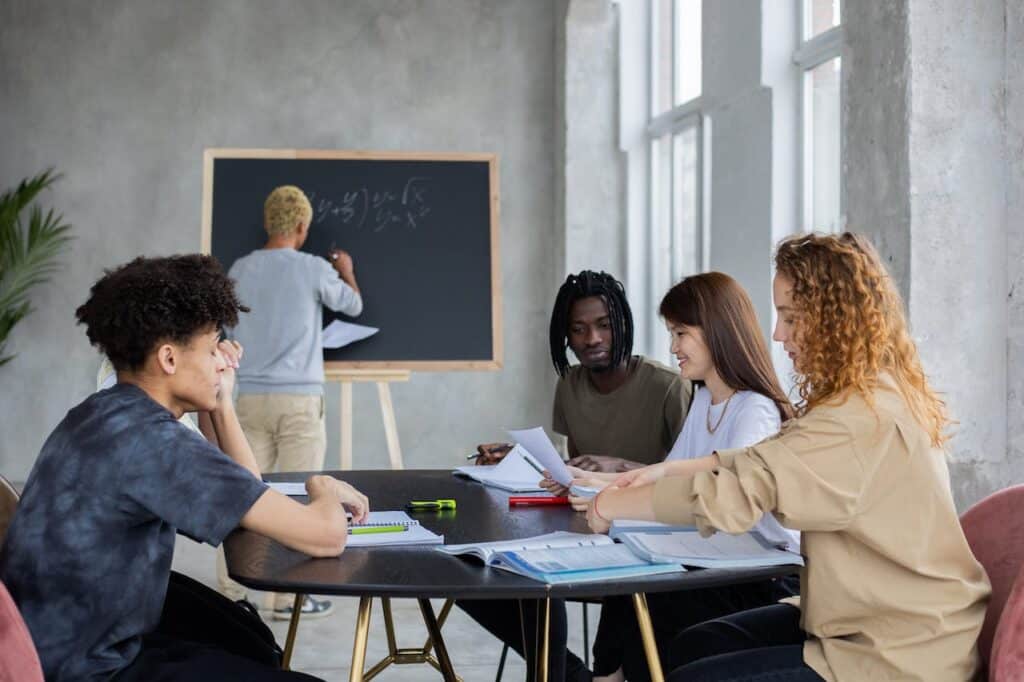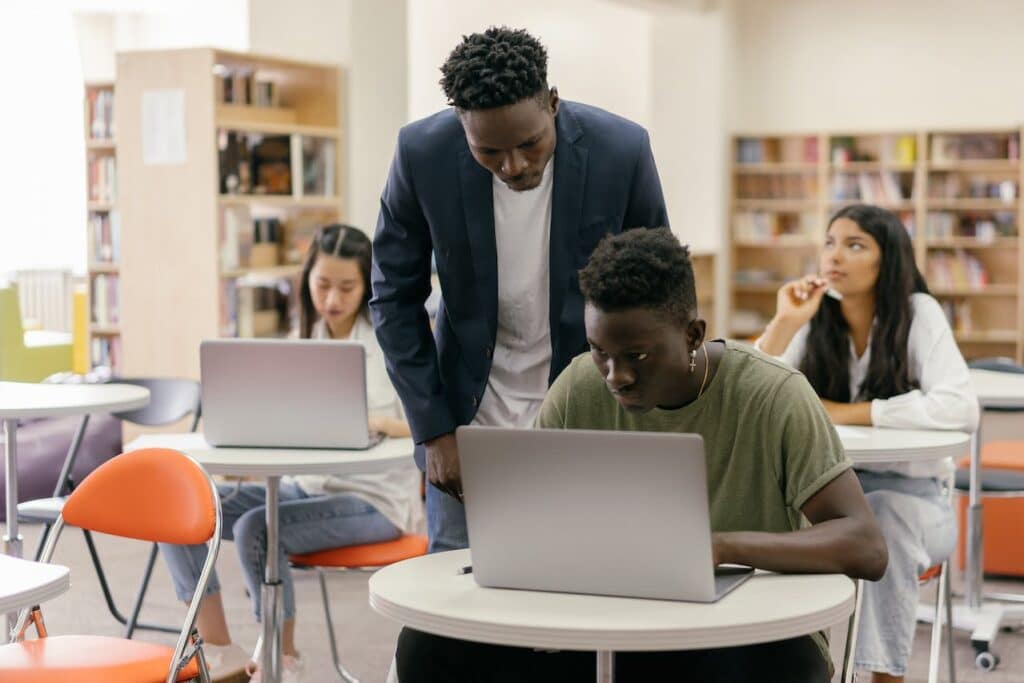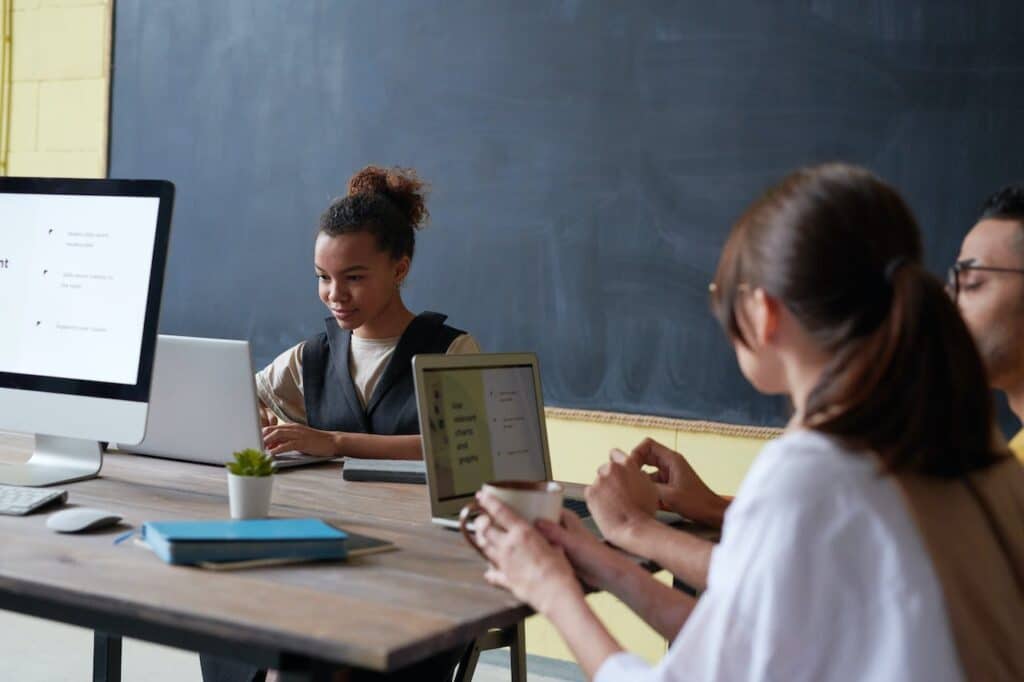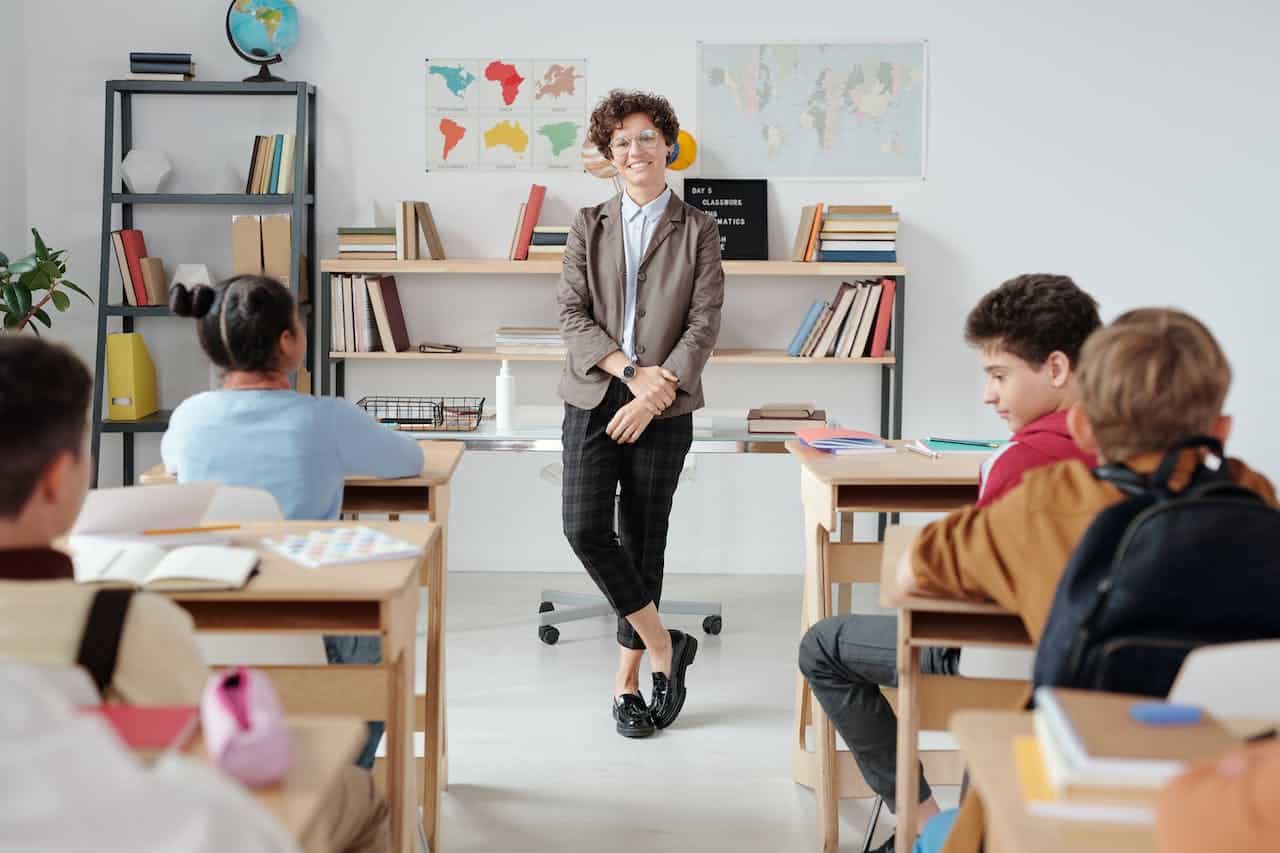Building Strong Foundations: A Guide to Identifying and Responding to Educational Needs
As educational institutions continue to face greater scrutiny from governing bodies, parents, and teachers alike, it is becoming increasingly important to ensure strong foundations are in place for students. To do this effectively, we must consider how best to identify and respond appropriately when existing educational needs arise. Industry expert Sunila Dang explores the educational needs in classrooms today before looking at practical methods for recognizing these issues and implementing suitable solutions that create a positive learning environment for pupils of all ages.
Understanding Educational Needs in the Classroom

As we strive to create a more equitable education system, we must understand the unique educational needs of each student in the classroom. Students come from various backgrounds and experiences that impact their learning styles and abilities. By taking the time to identify and address individual needs, we can ensure that every student has the opportunity to succeed. This includes acknowledging different learning styles, providing accommodations for students with disabilities, and recognizing the importance of cultural diversity in the classroom. By prioritizing the educational needs of all students, we can create an effective learning environment for everyone.
Recognizing Different Types of Learners and Accommodating Their Needs
Every individual has a unique way of learning and absorbing information, making it crucial to tailor educational approaches to suit different types of learners. Identifying a student’s learning style can make all the difference in their academic success. Visual learners thrive in an environment incorporating images, videos, and diagrams. Auditory learners prefer lecture-style instruction and discussions. Tactile or kinesthetic learners learn through hands-on experiences and physical activities. By recognizing these learning styles and customizing learning techniques, educators can ensure that students get the most out of their curriculum. Accommodating the needs of learners is essential for their growth and development, paving the way for a more inclusive and equitable learning environment.
Approaches to Identifying and Responding to Educational Needs
Identifying and responding to educational needs is an aspect of providing quality education to learners of all ages. Various approaches can be used to identify these needs, such as conducting needs assessments, reviewing student data, and gathering feedback from teachers and parents. Once these needs have been identified, it is important to respond to them promptly and effectively. This may involve developing tailored educational programs or providing additional resources and support to students. By taking a proactive and strategic approach to identifying and responding to educational needs, educators can ensure that all learners have the opportunity to thrive and reach their full potential.

Creating a Supportive Learning Environment for All Types of Students
Every student learns differently. Creating a supportive learning environment to ensure all students can thrive is essential. This means going beyond simply providing educational materials and teaching lessons. Creating a supportive learning environment involves building a community where students feel safe and valued. It’s about bringing diverse perspectives and experiences to empower students to learn more about themselves and those around them. This environment encourages students to take risks without fear of judgment or ridicule. By creating a supportive learning environment, we can give every student a chance to succeed and reach their full potential.
Utilizing Technology to Help Meet Students’ Educational Needs
Technology has revolutionized the education system, paving the way for a more personalized and engaging learning experience. With the advent of various digital tools like interactive whiteboards, video conferencing, e-learning platforms, and educational apps, reaching students’ educational needs has become easier and more effective than ever before. These innovative solutions allow teachers to customize their lessons, promote student collaboration, and provide real-time feedback, ensuring students progress at their own pace and style. Whether web-based learning to access advanced courses or using simulations and games for better comprehension, technology has enabled a better approach to education that is more efficient, cost-effective, and student-centric. In this modern era, integrating technology in teaching is no longer optional but necessary, ensuring that students are poised for success in the digital age.
Assessing Student Progress Through Goal Setting and Regular Assessments

Tracking student progress is essential to ensure success in learning. One effective way to monitor progress is through goal setting and regular assessments. Setting measurable and achievable goals encourages students to work towards achieving their targets. Regular assessments provide feedback on the progress toward the set goals and help identify areas needing improvement. By combining goal setting and regular assessments, educators can determine the effectiveness of their teaching methods and adjust them accordingly. Additionally, students can track their progress and celebrate their achievements, which boosts their confidence and encourages them to continue striving for success.
Implementing Positive Structures that Encourage Self-Advocacy and Critical Thinking Skills
In today’s fast-paced world, individuals must have strong critical thinking skills and be self-advocates. That’s why implementing positive structures that encourage both is essential. These structures can take many forms, from creating a safe environment to providing opportunities for individuals to practice advocating for themselves in various situations. Additionally, debate and problem-solving exercises can hone critical thinking skills, while self-advocacy can be developed through peer support groups and mentorship programs. By prioritizing these skills, individuals can confidently and professionally navigate complex situations, personally and independently.
Final Thoughts
Creating an optimal environment for all students is critical for educational success. No two students have the same needs; therefore, providing a tailored approach to meet their needs is essential. This may include recognizing different typologies of learners, adapting teaching methods based on individual student capabilities, using technology to teach better, setting learning goals, regularly assessing progress, and implementing strategies that promote self-advocacy and critical thinking skills. Teachers should also create an atmosphere in the classroom that encourages open communication between them and their students regarding meeting their educational needs. Through these efforts, each student can be guided through their journey in which they achieve academic success. We must strive to give every student the resources they need to reach their full potential – give every child a chance!
